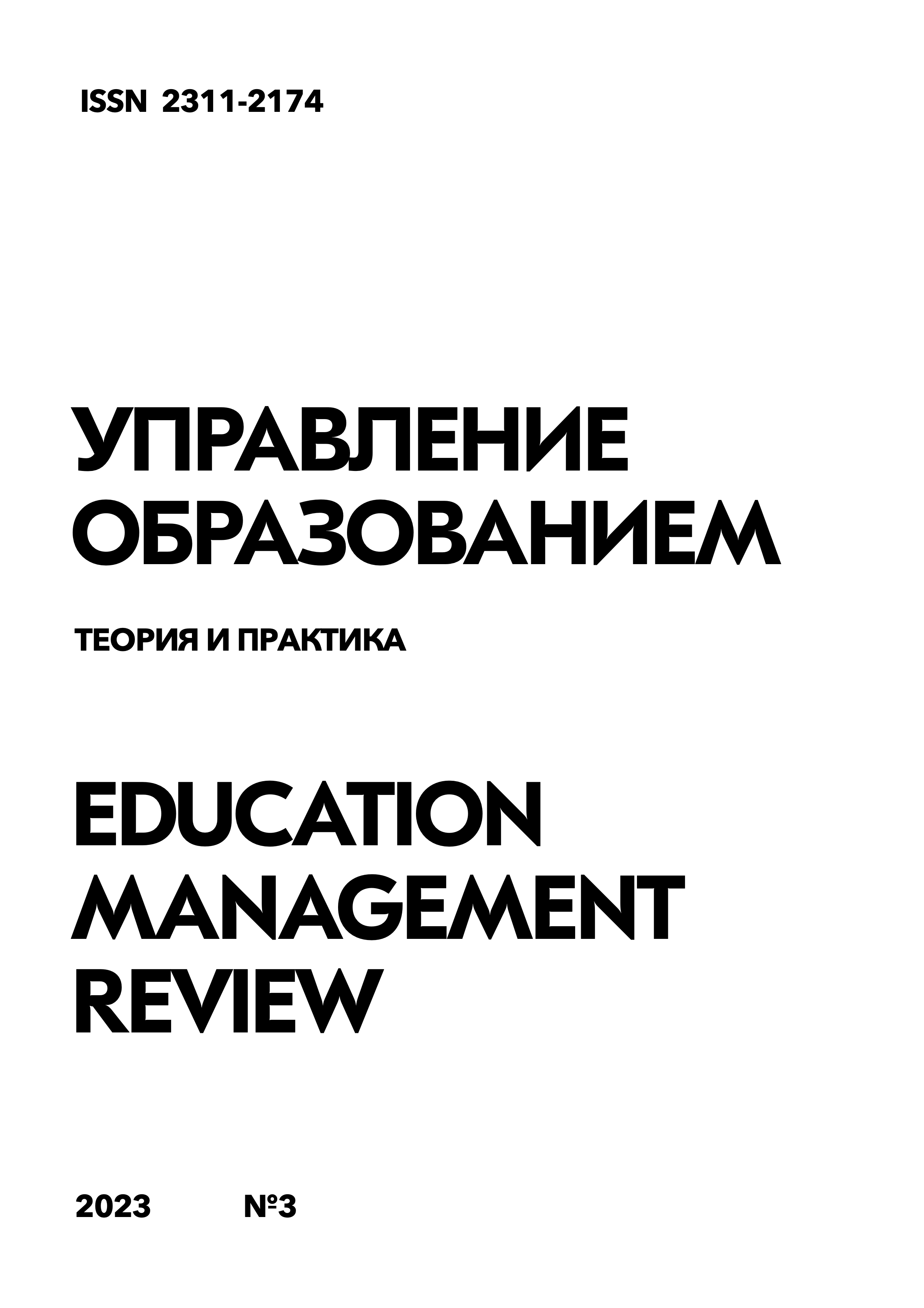Модели и стратегии подготовки к чрезвычайным ситуациям
DOI:
https://doi.org/10.25726/g9429-2536-4329-t%20Ключевые слова:
готовность, чрезвычайные ситуации, управление кризисами, управления чрезвычайными ситуациями, операции, стихийные бедствия, реагированиеАннотация
Цель данного исследования заключается в "изучении стандартов управления чрезвычайными ситуациями и рамок готовности, применяемых в развитых странах в целом и в ОАЭ в частности" США, Великобритания и Австралия являются передовыми в плане обеспечения готовности и у них есть определенные руководства. Например, в 2015 году США разработали руководство по обеспечению готовности. Аналогичным образом, первые четыре этапа в стандарте Великобритании функционируют в рамках департамента готовности. Однако, несмотря на то, что этап готовности является важнейшим элементом цикла Управление чрезвычайными ситуациями (УЧС), в ОАЭ в стандарте отсутствует структура готовности к чрезвычайным ситуациям. Как отмечают Хаддоу и другие, ни одна организация по управлению чрезвычайными ситуациями не может функционировать без сильного потенциала готовности. Поэтому для достижения поставленной цели статья была разделена на три основных раздела. В первом разделе даются общие определения готовности к чрезвычайным ситуациям и сужаются определения, которые будут приняты в данном исследовании для более четкого понимания фазы готовности к чрезвычайным ситуациям. Во втором разделе представлен критический анализ различных концепций и моделей готовности. В этом разделе сравниваются и противопоставляются системы и модели готовности к чрезвычайным ситуациям, используемые в Соединенных Штатах Америки, Великобритании и Австралии. Цель состоит в том, чтобы сравнить и сопоставить различные модели и структуры готовности, что позволит определить ключевые элементы, влияющие на готовность, чтобы использовать эти элементы в качестве основы для исследования текущей ситуации с готовностью к чрезвычайным ситуациям в ОАЭ. В третьем разделе критически рассматриваются элементы готовности к чрезвычайным ситуациям.
Библиографические ссылки
Кантон Л. Управление чрезвычайными ситуациями: концепции и стратегии для эффективных программ. Великобритания: Wiley-Interscience, 2007. 345 с.
Капуку Н. Координация между несколькими ведомствами и различными структурами в ответ на бедствия. Великобритания: LAP Lambert Academic Publishers, 2010. 145с.
Кузина О.А, Романова Т.А., Чунова В.Л. Теоретико-образовательные подходы и стандарты управления чрезвычайными ситуациями в США, Великобритании, Австралии и ОАЭ // Управление образованием: теория и практика. 2022. №5. С. 10-16.
Кузина О.А. Стандарт управления чрезвычайными ситуациями: Инноватика в современном мире: опыт, проблемы и перспективы развития / Сборник научных статей по материалам IX Международной научно-практической конференции (20 сентября 2022 г., г. Уфа). Уфа: Изд. НИЦ Вестник науки, 2022. С. 69-80.
Коппола Д. Управление рисками опасных ситуаций" Проект высшего образования Института управления чрезвычайными ситуациями FEMA. Эммитсбург, 2001. 345с.
Cabinet Office (2009) Expectations and Indicators of Good Practice Set for Category 1 and 2 Responders.Easingwold: Emergency Planning College.
CCA (2004) Emergency preparedness: guidance on Part 1 of the Civil Contingencies Act 2004, its associated regulations and non-statutory arrangements. Easingwold: Emergency Planning College.
Dillon B., Dickinson, I., Whiteford, F., and Williamson, J. (2009) Emergency planning officers' handbook. Oxford: Oxford University Press.
Edwards, F. and Goodrich, D. (2007) “Organizing for Emergency Management” in Emergency Management Principles and Practice for Local Government, 2nd Edition, edited by William L. Waugh, Jr., and Kathleen Tierney; Washington, DC: ICMA Press.
Emergency Management Australia (2004) Emergency Management in Australia: Concepts and Principles, 423p.
Fagel M. (2011) Principles of emergency management and emergency operations centers (EOC) Taylor and Francis group; CRC press.
FEMA (2015) National Preparedness; goals and core capabilities. Available at: https://www.fema.gov/national-preparedness [Accessed in March, 15, 2023]
FEMA (2012) National Preparedness Guideline. Available at http://www.fema.gov/preparedness-1. [Accessed in March, 15, 2023]
Gordon J. (2002) Comprehensive emergency management for local governments: demystifying emergency planning. Brookfield, Conn.: Rothstein Associates.
Haddow G., Bullock, J. and Coppola, D. (2011) Introduction to Emergency Management. 4th ed. Burlington: Elsevier.
International Association of Emergency Managers (2013) [Online] Available at http://www.iaem.com/documents/Principles-of-Emergency-Management-Flyer.pdf [Accessed in March, 15, 2023]
McCreight R. (2011). An introduction to emergency exercise design and evaluation. Plymouth, UK: published by government institutes, The scarecrow press, Inc.
McEntire D. (2001) Triggering Agents, Vulnerabilities and Disaster Reduction: Towards a Holistic Paradigm, Disaster Prevention and Management, 10(3), 189-196 p.
Molino L. N. (2006) Emergency Incident Management Systems – Fundamentals and Applications. Hoboken, NJ: John Wiley & Sons.
Pelfrey William V. (2005) The Cycle of Preparedness: Establishing a Framework to Prepare for Terrorist Threats, Journal of Homeland Security and Emergenc Management: Vol. 2.
Pitt (2008) Learning Lessons from the 2007 floods. Cabinet Office, London. Available online: http://webarchive.nationalarchives.gov.uk/20100807034701/http:// archive.cabinetoffice.gov.uk/pittreview/_/media/assets/www.cabinetoffice.gov.uk/flooding _review/pitt_review_full%20pdf.pdf [05/03/2023]
Secretary of Homeland Security (2017) National Preparedness Guidelines. Available at http://www.fema.gov/pdf/emergency/nrf/National_Preparedness_Guidelines.pd f [Access date 22.02.2023]




